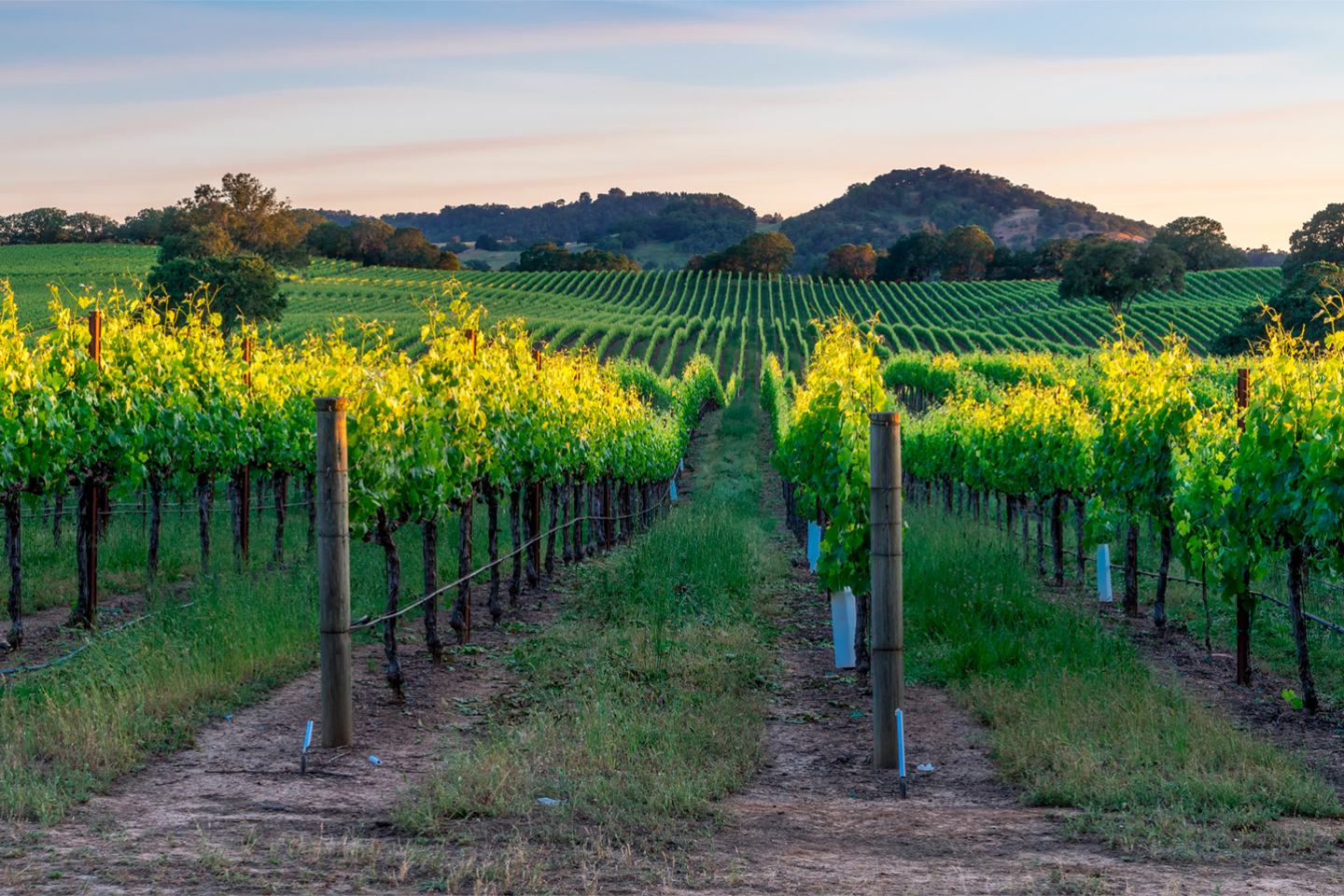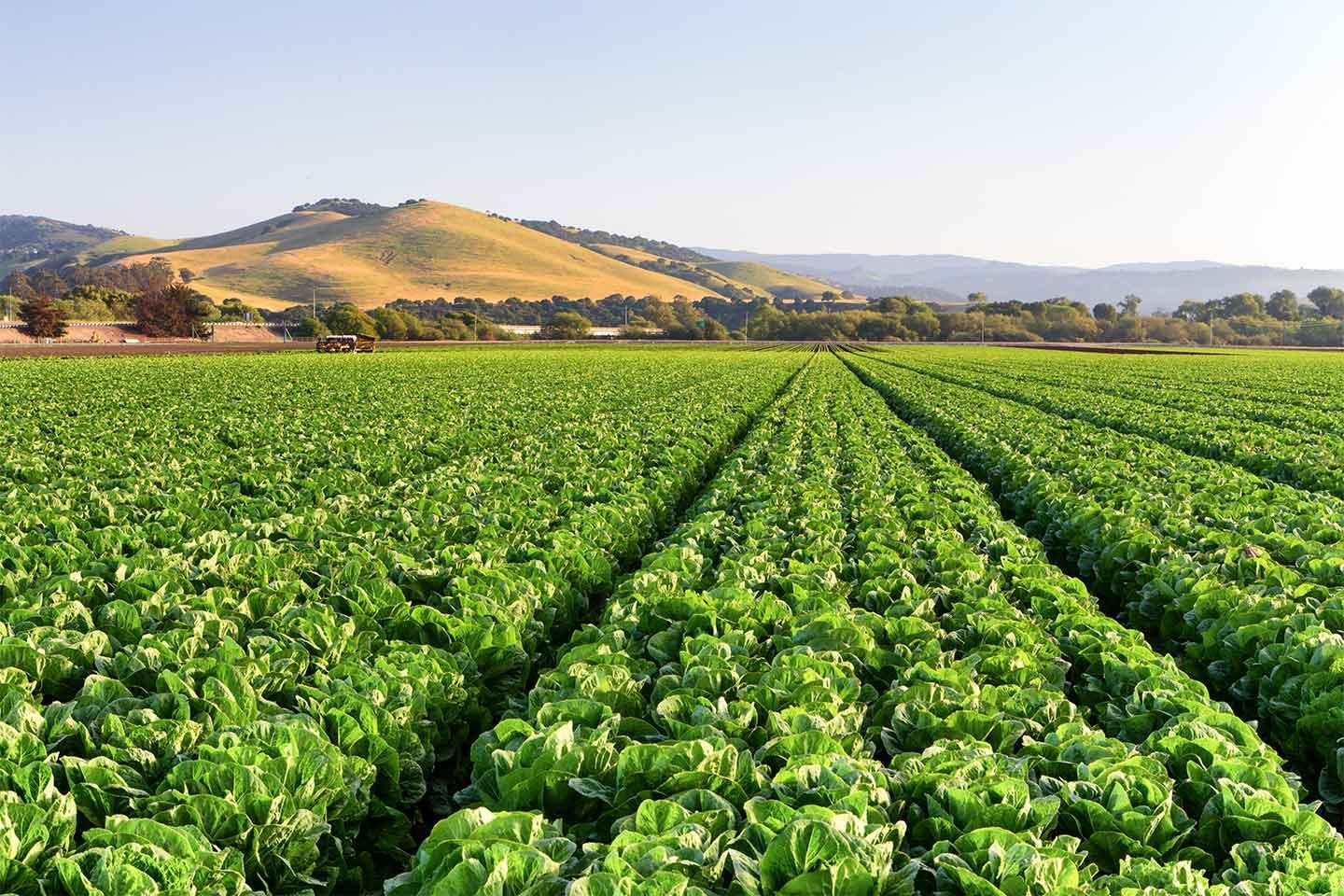Broad spectrum versus precision. Tweezer versus canvas clearing. The analogies go on and on for how we describe the ranges of control insecticides being applied in growers’ fields, orchards or vineyards deliver.
Candidly, each insecticide class and its respective spectrum of control has a time and place in which they best fit the pest scenario a grower wants to address. But there’s a keyword here that should drive every insecticide-related decision: identification. Whatever approach we choose needs to boil down to specificity of what we find in our crop. It sounds obvious and rudimentary, but correctly identifying the insects and arthropods in our orchard or field helps us determine which chemistry should be used, if any at all. After all, not everything found is necessarily a pest, and going back to basics can save us time and dollars.
More often than not, when I receive a photo identification request from a grower, retailer or consultant, it’s because they’re seeing something they maybe haven’t noticed before. Most of the time, it’s a natural enemy or a non-factor, an insect that’s neither a pest or a beneficial, just passing through. And say they find a natural enemy and do treat it by accident. What has just occurred is we’ve A) spent precious dollars and time on an unnecessary application; B) exposed everything, pest and non-pest, in that environment to unnecessary pesticide pressure; and C) likely removed something that may have been providing an ecosystem service.
What’s the Situation?
Another important reason for getting pest identification correct is because selecting the chemistry with the best agronomic fit for the job is driven by the specific pest at hand. For example: Can the grower use a soft, highly targeted chemistry, like a diamide, or does the situation require a broad-spectrum, canvas-clearing tool, like a pyrethroid, carbamate or organophosphate, to address what’s staring them down?
Say it’s the beginning of the season, when natural enemy populations are starting to build and based on degree day progress, we can expect the first generation of codling moth soon. Reminder: Beneficial predators and parasitoids are most vulnerable early in the season when their populations, and the populations of their food (secondary pests like aphids), are low. I know a diamide like Altacor® insect control is a softer yet highly efficacious tool for pests like codling moth, which also allows natural enemies to build up in the background. I’m going to recommend the grower go with that kind of chemistry. The pyrethroid or other broad spectrum chemistry we were weighing, well, I’m going to recommend we save that option for later in season, just in case something surprising happens. Instead of taking our shot early in the season, we’re keeping that round in the chamber. We don’t know if something else is going to show up like brown marmorated stink bug, which doesn’t have as hardwired seasonality tied to them – at least compared to codling moth – and whose presence can be more unpredictable.
Now, fast forward. The season has progressed and the grower’s neighbor does something with their orchard that really disrupts natural enemies. We notice aphid populations in an adjacent corner are starting to spike to economically damaging levels and there aren’t enough natural enemies to keep their numbers in check. Even though the grower has done everything right and minimized negative impacts on his or her natural enemies, hot spots may arise when disruptions occur. Let’s also say some brown marmorated stink bugs have started to show up right when our next flight of codling moth is predicted to happen. The scope of present pests has broadened, so too must our chemistry’s spectrum of control. The grower may have to come in with something that has a broader spectrum to make it to harvest. As previously mentioned, there’s a time and place for everything in our toolbox.
How the grower and retailer or consultant come to their decision depends on several factors, including experience, a good technical understanding of what they’re finding in the orchard, and what chemistries are effective on the species the grower finds based on accurate identification.
Knowing Is Half the Battle
A key to avoiding a number of the mishaps, like the scenario we just outlined, comes down to investing in pest identification knowledge. This is an important step we can easily get incorrect during the rush of the growing season, which will set us down a path we really want to avoid – one that’s costly in the short (that single application) and long run (resistance management).
What it all boils down to is this line of thought: I have an insect. Is it a natural enemy or pest? Or, maybe just a passerby that has no net negative or positive effect? If it is indeed a pest, do I need to do anything based on the population density present?
If we have a pest, we need to have knowledge about its physiology and phenology (does it have piercing/sucking mouthparts? Is it currently in a lifestage that makes it vulnerable?) and the control options at our disposal. Decisions have to be driven by evidence and an education-based foundation, which will not only benefit you and your retail operation , but further build credibility and trust with your growers as you help them navigate the most diverse and numerous class of organisms on the planet: insects.
Always read and follow all label directions, precautions and restrictions for use. Some products may not be registered for sale or use in all states. FMC, the FMC logo and Altacor are trademarks of FMC Corporation or an affiliate. ©2021 FMC Corporation. All rights reserved. 21-FMC-2365 05/21



